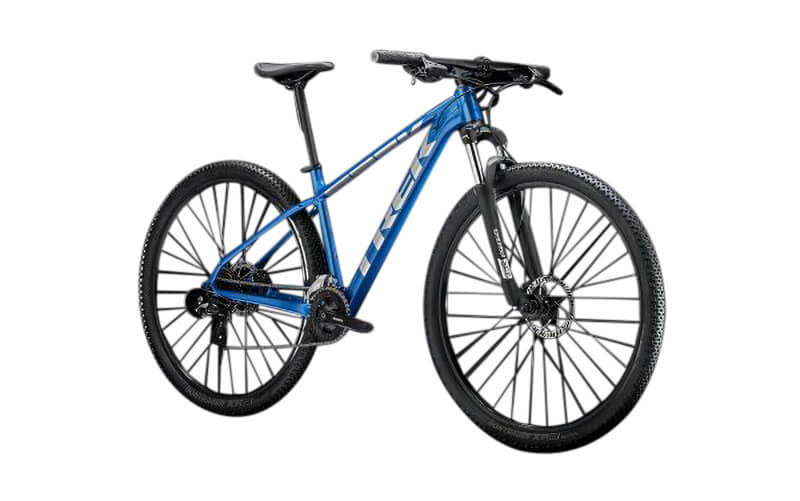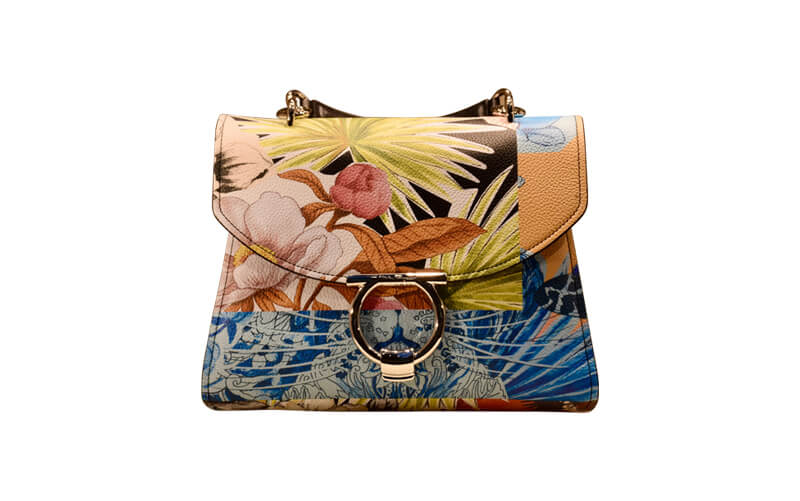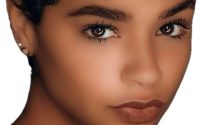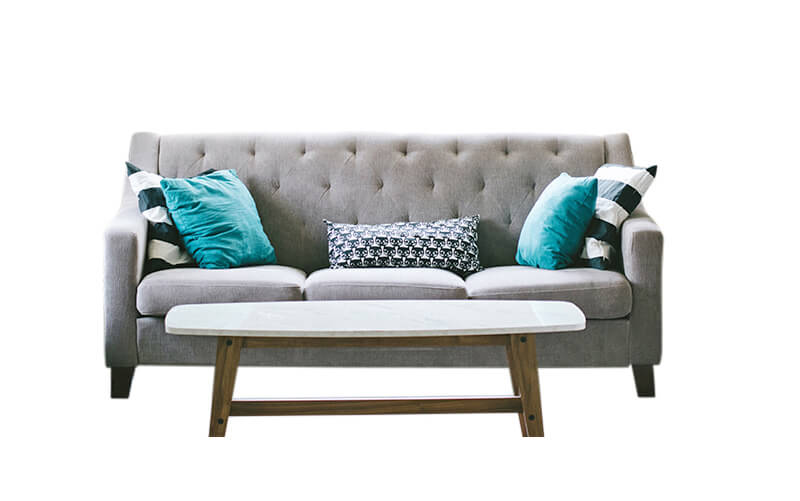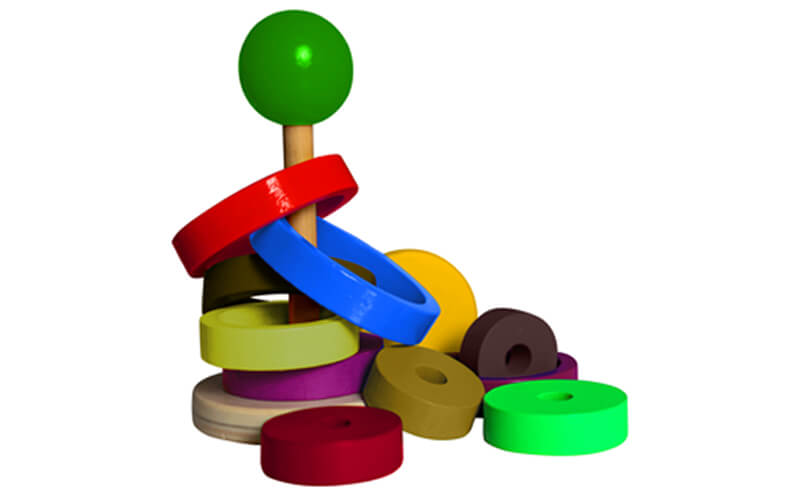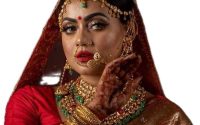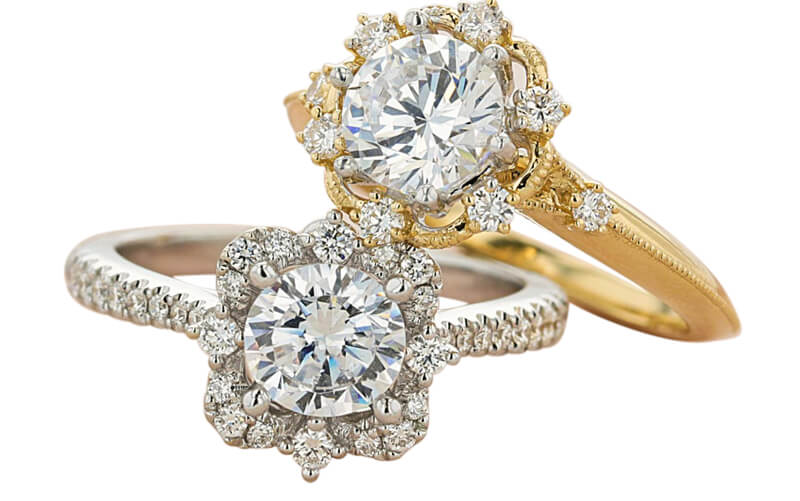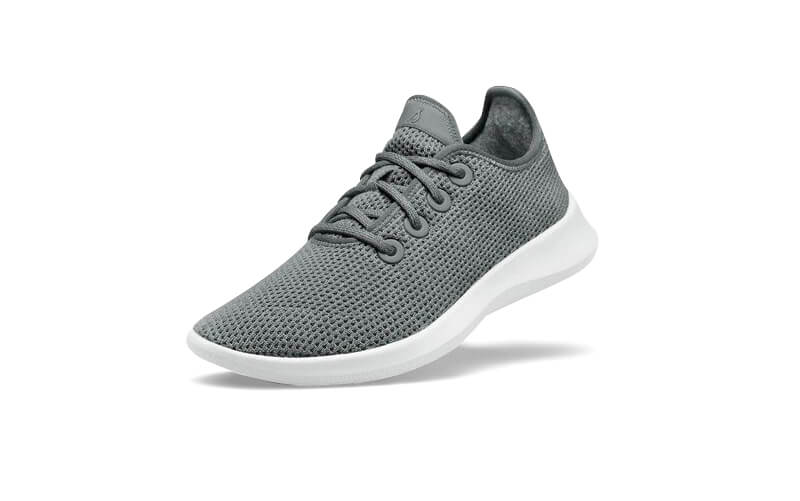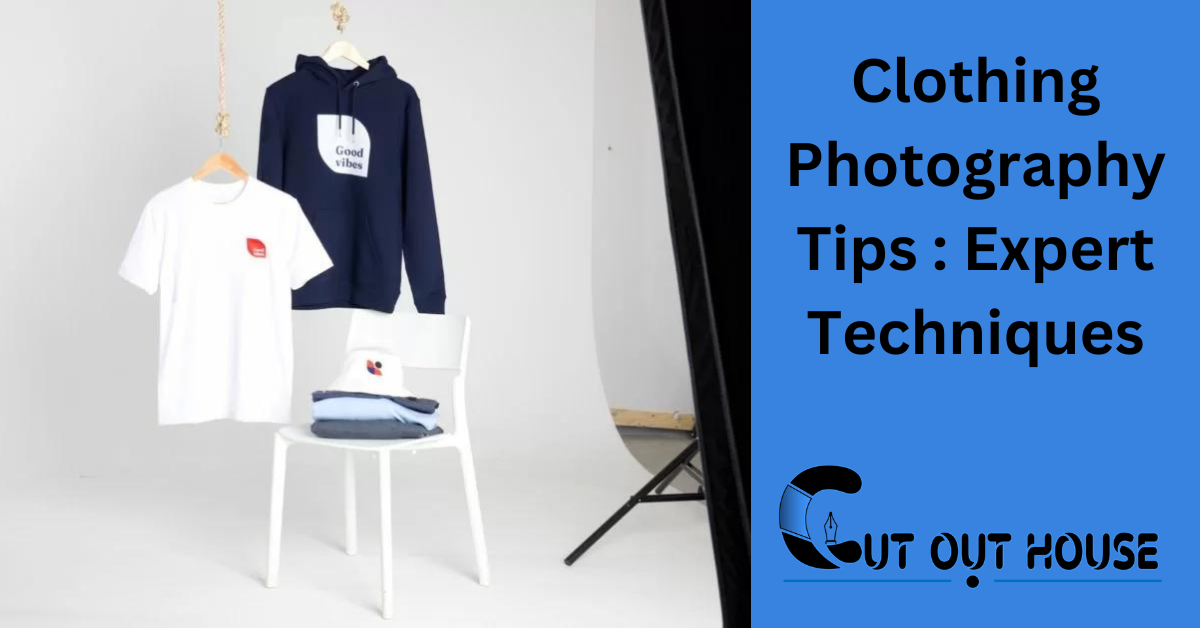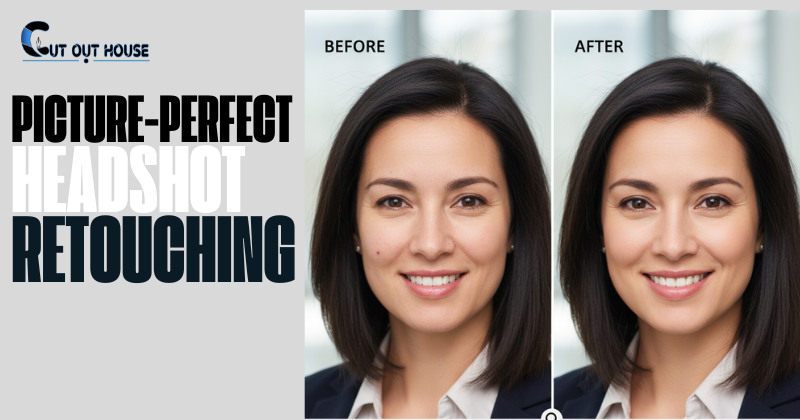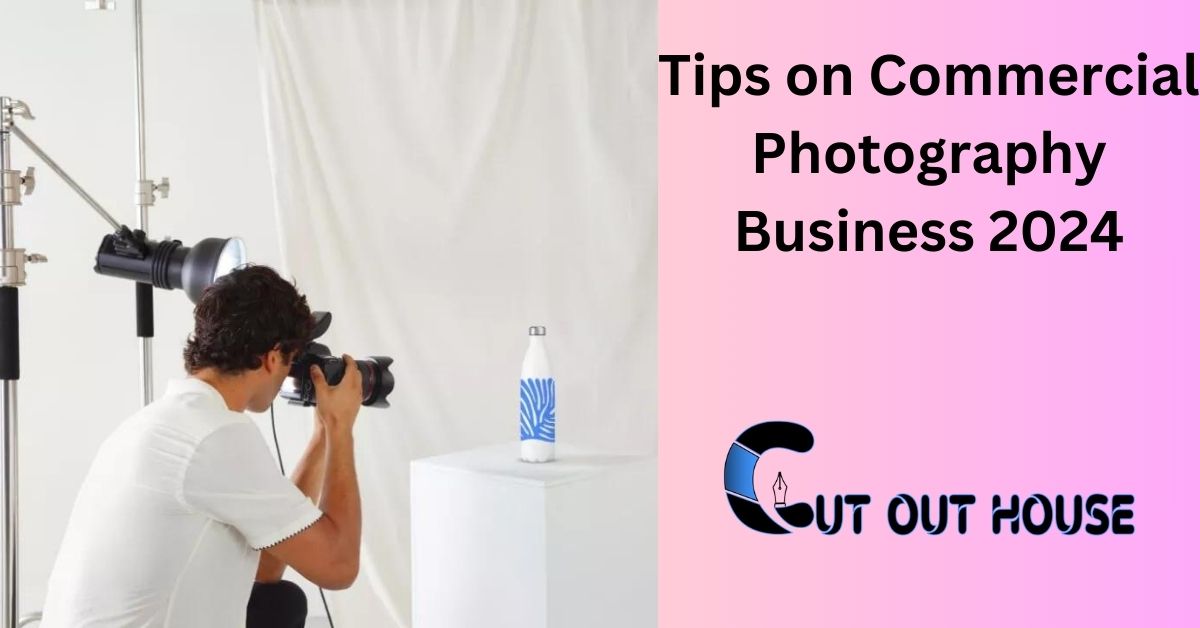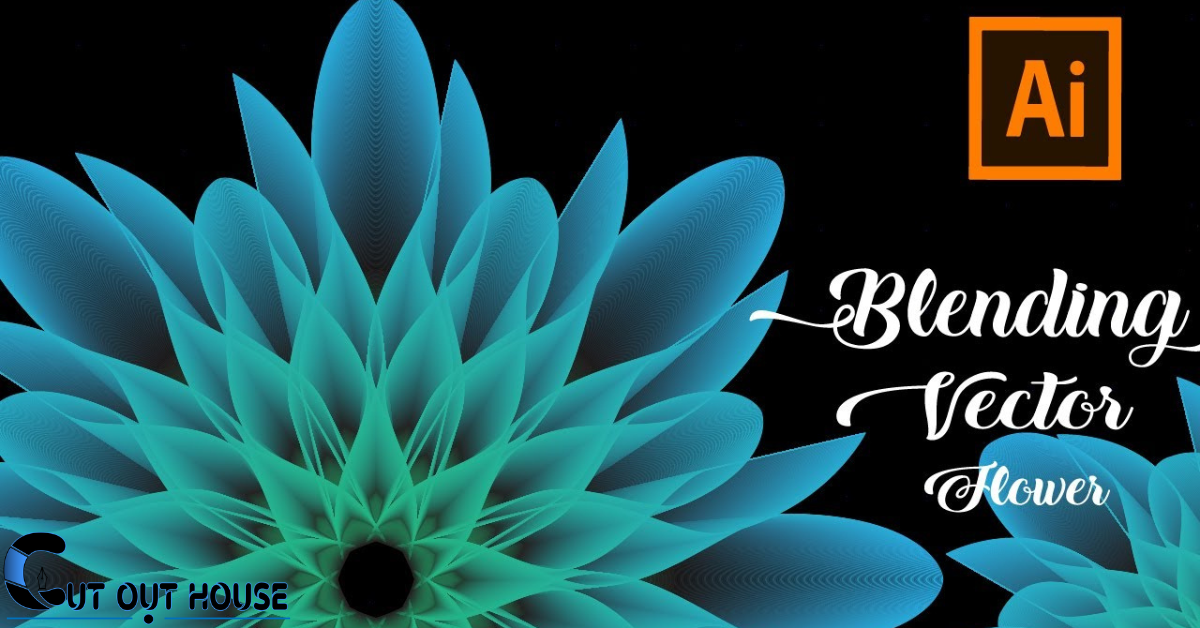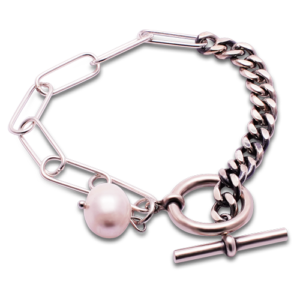For accurate and succinct clothing photography tips, consider ironing the clothing to remove wrinkles, using the correct lenses and lighting equipment, choosing the right backdrop, adopting a flat lay technique, and preparing the clothes before the shoot. It is also important to fill out the bust of a garment if needed, shoot with a tripod, and adjust camera settings accordingly for optimal results.
By following these tips, you can achieve professional-looking apparel photos that will enhance your ecommerce presence and attract customers.
Choosing The Right Equipment
Importance of Quality Equipment: When it comes to clothing photography,
having the right equipment is crucial. Quality equipment ensures that you capture high-resolution images that showcase the details and colors of the garments accurately. It also helps in achieving professional-looking results.
Camera Selection: Selecting the right camera is the first step. Look for a camera that has a high megapixel count and offers interchangeable lenses. This allows you to capture sharp and detailed images, and have flexibility in choosing the appropriate lens for different types of clothing.
Lighting and Backdrop: Lighting plays a crucial role in
clothing photography. Invest in good quality studio lights or natural lighting setups that provide even and soft lighting. A backdrop that complements the clothing and enhances its colors is also important. Consider using a clean and neutral-colored backdrop to let the clothing stand out.
Understanding Techniques For Clothing Photography
Follow these Clothing Photography Tips to enhance the visual appeal of your apparel products. For Flat Lay Photography, ensure proper lighting and use a clean, uncluttered background. Incorporate Utilizing Models to showcase clothing in real-life settings, adding a human element to the images. Highlight the intricate features of the garments by focusing on Showcasing Details such as textures, patterns, and embellishments. Incorporating these techniques will elevate the quality of your clothing photography and make your products more enticing to potential customers.
Mastering The Art Of Lighting
When it comes to clothing photography,
mastering the art of lighting is crucial. Choosing the right lighting setup can make all the difference in capturing stunning images. One technique to consider is utilizing natural light. Positioning your subject near a window or shooting outdoors during the golden hour can result in beautifully lit photos with soft, flattering shadows.
Avoiding harsh shadows is another important aspect to consider. Harsh shadows can distract from the details of the clothing and make the image less appealing. To avoid harsh shadows, you can use diffusers or reflectors to soften the light source. Another option is to use multiple light sources to create a more even and balanced lighting setup.
Setting Up The Photoshoot
To set up a successful clothing photoshoot, start by choosing the right angle and framing to highlight the apparel. Find suitable shooting angles and ensure the clothing is well-ironed and staged to bring out the details. Consider creating a mood board to guide the photography session and enlist a skilled photographer to execute the shoot professionally.
| Setting Up the Photoshoot |
| Planning:
Create a mood board to set the tone for the shoot.
Select models that complement your clothing line. |
Perfecting Your Photography
Capturing the perfect photograph of clothing requires attention to detail. Adjust your camera settings to achieve optimal results. When utilizing the flat lay technique, ensure the clothing is wrinkle-free and neatly arranged. Preparing the clothes before shooting can significantly improve the overall outcome of the images. Consider ironing the garments to eliminate wrinkles and using padding to fill out the bust of a garment. When photographing clothing, it’s essential to select the right angles and framing to emphasize the product. Plan the photoshoot meticulously, making a list of products, finding suitable models, and creating a mood board. The location and photographer are crucial to the success of the photoshoot. By following these clothing photography tips, you can produce high-quality images ideal for apparel ecommerce.
Post-processing And Editing
When it comes to clothing photography, post-processing and editing play a crucial role in enhancing the visual appeal of the product images. Basic editing techniques such as adjusting brightness, contrast, and color balance can significantly improve the overall look of the clothing items. Additionally, utilizing advanced tools like Photoshop can help in eliminating any imperfections and creating a professional finish. Moreover, exporting photos specifically tailored for
e-commerce platforms is essential to ensure high-quality visuals that attract potential customers. By following these post-processing and editing tips, apparel photographers can effectively showcase the beauty of their clothing products and entice their target audience.
Best Practices For Apparel Photography
One important tip for clothing photography is to iron the clothing item to remove any wrinkles. Wrinkles can distract from the overall appearance of the garment and make the photo look unprofessional. Ensure that the ironed clothing is smooth and wrinkle-free before capturing the shots.
When photographing clothing, it is crucial to select the best angles for each shot. Experiment with different angles to showcase the garment effectively. Consider capturing shots from the front, back, and side to provide a complete view of the clothing item. Play around with different perspectives to highlight the unique features and details of the garment.
The backdrop plays a significant role in apparel photography. Choose a clean and neutral backdrop that will enhance the visibility of the clothing item. Avoid using distracting backgrounds that can take away attention from the garment. A plain white or solid-colored backdrop is often a safe and versatile choice that allows the clothing to stand out.
Showcasing Garment Details
| Showcasing Garment Details: |
Utilize ghost mannequin photos to emphasize textures and details |
| Optimal Camera Lenses and Settings: |
Choose lenses with suitable focal lengths for close-up shots. Adjust settings for proper exposure and sharpness. |
Using ghost mannequin photos is crucial for highlighting garment textures and details. By employing this technique, you can create visually appealing images that focus on the essential aspects of the clothing items. When selecting camera lenses, opt for those that capture intricate details effectively. Experiment with different settings to find the optimal combination for showcasing the garments in the
best light.
Frequently Asked Questions Of Clothing Photography Tips
What Is The Best Setting For Clothing Photography?
The best setting for clothing photography is natural light, with a clean and simple background. Use a tripod and the correct camera settings, like a moderately narrow aperture for sharp focus. Ensure the clothing is well-ironed and styled for a professional look.
What Is The Best Angle For Clothing Photography?
The best angle for clothing photography depends on the specific product and its features. Experiment with different angles to highlight the clothing’s unique qualities. Remember to iron the clothing to remove wrinkles and use the right lenses, continuous lighting, and a tripod for optimal results.
How Do You Take Pictures Of Clothes?
For a professional clothing photography, use a well-lit space, iron clothes for smoothness, and use a tripod for stability. Frame items to highlight details and experiment with different angles for the best shots. Keep the background simple and uncluttered.
How To Do A Photoshoot For A Clothing Brand?
To do a photoshoot for a clothing brand, plan ahead, pick models, create mood boards, choose locations, hire a photographer.
Conclusion
To capture stunning clothing photos, it is crucial to pay attention to certain techniques and tips. From choosing the right angles, lighting, and framing, to ironing out any
wrinkles and utilizing the right lenses, each detail matters. Additionally, planning a successful photoshoot with a comprehensive checklist and finding the perfect location allows for seamless execution.
By implementing these clothing photography tips, you can create professional-looking apparel photos that will enhance your online presence and attract more potential customers. Remember, quality photography is a key
component of successful ecommerce.

